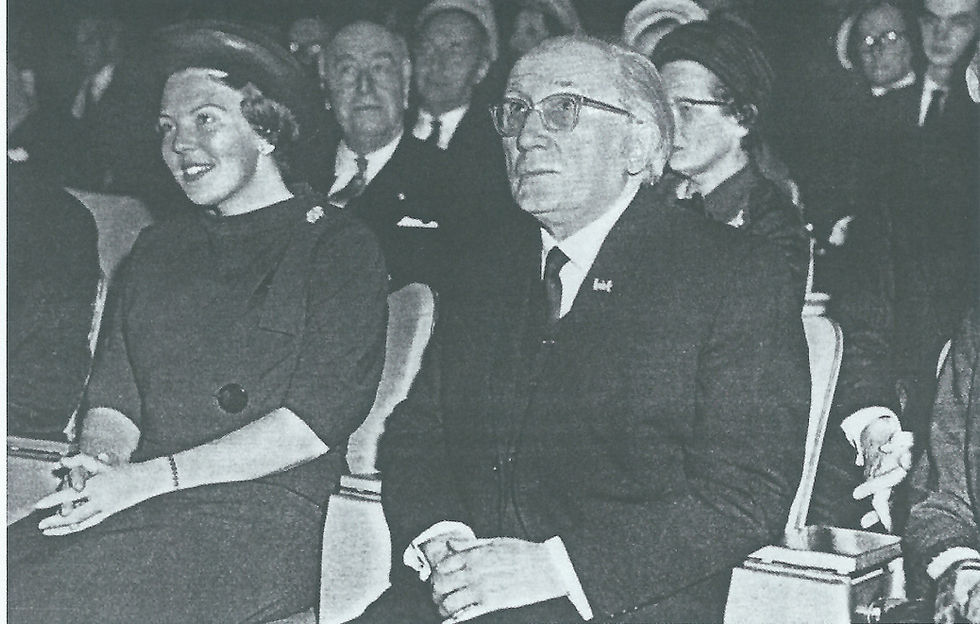Dancing Alone
- Robert Mixa
- Apr 1, 2021
- 3 min read
Updated: Apr 15, 2021
In his latest book Mass Exodus, Dr. Stephen Bullivant’s description of the typical religiously unaffiliated person (a.k.a., “none”) in the US is very informative, particularly that only 33% identify themselves as agnostics or atheists. This means that associating the “nones” with being agnostic or atheist, which many of us are prone to do, is not correct. But, if two-thirds of “nones” believe in the existence of something like God (even if they call it a “higher power”), then why are they not identifying with a particular religious tradition?
Once again, I believe it has to do with the contemporary mainstream culture of the United States—and now much of the world. Dr. Bullivant mentions that the “nones” also mostly identify as “politically independent.” Choice is paramount in self-identity. Religion, for them, should not come prepackaged in creedal form but should be something that is a spiritual bricolage that suits them. American sociologist of religion Robert Bellah called this “Sheilaism” based on the description a nurse named Sheila gave to her religion:
I believe in God. I’m not a religious fanatic. I can’t remember the last time I went to church. My faith has carried me a long way. It’s Sheilaism. Just my own little voice. . . . It’s just trying to love yourself and be gentle with yourself. You know, I guess, take care of each other. I think He would want us to take care of each other.
The religious expressive individualism that we find in Sheilaism is representative of a breakdown of earlier social norms and community and the arrival of something new.
As an analogy, take modern dancing in most parts of the United States.
In his new book, The Rise and Triumph of the Modern Self: Cultural Amnesia, Expressive Individualism, and the Sexual Revolution, Carl Trueman has an insightful footnote containing Roger Scruton’s observations on dancing and self-identity. Scruton states that one’s sense of selfhood develops in the context of one’s social group, being part of a coordinated whole. In this regard, he offers a very interesting observation about dancing and self-identity. He observes that earlier forms of dancing assumed live music, formal steps that needed to be learned, etc. Dancing was social, and the way the individual expressed himself or herself was communal. Scruton contrasts earlier forms of dancing with modern nightclub-style dancing, in which the individual simply—to use the colloquial phrase—does his or her own thing. The former, Scruton says, involves dancing with others, the latter at others. If dance is expressive of how people understand themselves these days, no wonder people decide to just do their own thing in religion, just as they do their own thing on the dance floor.
But this does not lead to community but the very breakdown of it. After a while, though, doing your own thing on the dance floor gets boring. Sooner or later, you’ll desire something like a church, which in our day and age is taking the form of the church of identity politics. In our day and age, a substitute for the church is something like identity politics in which people are united by what Charles Taylor calls expressive individualism.
Charles Taylor’s concept of expressive individualism is not something that only affects the “Nones”. Rather, as Carl Trueman states, “We are all expressive individuals now.” I recommend Carl Trueman’s book for a detailed explanation of how we arrived here. He charts the course of several centuries during which concepts were latently developing but have now blossomed as our culture. Being aware of that long development and its basic outlines is important for understanding the world in which we live, and it will make you more compassionate toward those who identify as “nones", seeing them, in many ways, as just like you.






Comments